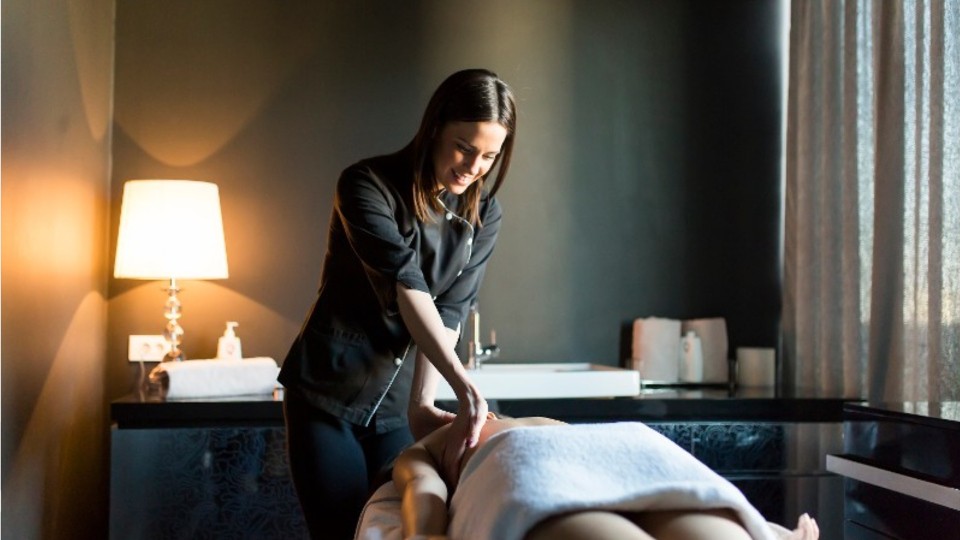Massage Therapists
Certified Massage Therapist (CMT), Licensed Massage Practitioner (LMP), Licensed Massage Therapist (LMT), Massage Therapist
What they do:
Perform therapeutic massages of soft tissues and joints. May assist in the assessment of range of motion and muscle strength, or propose client therapy plans.
On the job, you would:
- Confer with clients about their medical histories and problems with stress or pain to determine how massage will be most helpful.
- Massage and knead muscles and soft tissues of the body to provide treatment for medical conditions, injuries, or wellness maintenance.
- Maintain massage areas by restocking supplies or sanitizing equipment.
Knowledge
Business
- customer service
- sales and marketing
Arts and Humanities
- English language
Math and Science
- biology
- psychology
Health
- medicine and dentistry
Skills
Basic Skills
- listening to others, not interrupting, and asking good questions
- talking to others
Problem Solving
- noticing a problem and figuring out the best way to solve it
Abilities
Verbal
- communicate by speaking
- listen and understand what people say
Hand and Finger Use
- hold or move items with your hands
- keep your arm or hand steady
Endurance
- exercise for a long time without getting out of breath
Physical Strength
- exercise for a long time without your muscles getting tired
Personality
People interested in this work like activities that include helping people, teaching, and talking.
They do well at jobs that need:
- Concern for Others
- Dependability
- Integrity
- Self Control
- Cooperation
- Independence
Technology
You might use software like this on the job:
Spreadsheet software
- Microsoft Excel
Medical software
- ICS Software SammyUSA
- WinCity Custom Software WinCity Massage SOAP Notes
Word processing software
- Microsoft Word
Education
Education: (rated 3 of 5)
certificate after high school or
associate's degree
usually needed
associate's degree
usually needed
Job Outlook
Bright
New job opportunities are very likely in the future.
Explore More
- Occupational Therapy Assistants
- Physical Therapist Aides
- Physical Therapist Assistants
- Recreational Therapists
- Skincare Specialists
You might like a career in one of these industries:
See more details at O*NET OnLine about massage therapists.





